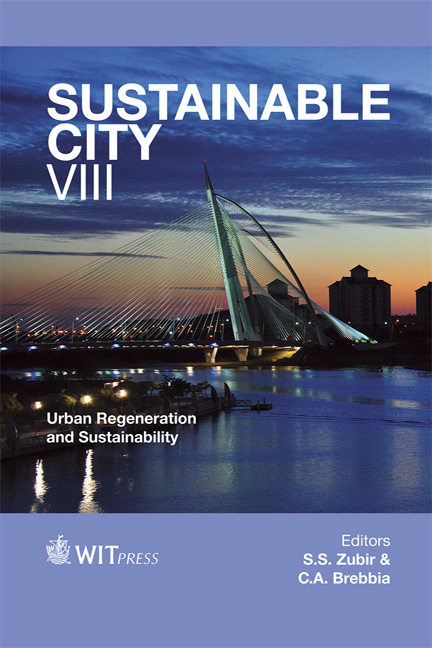Public Funded Heritage Rejuvenation Mechanism In Georgetown, Penang
Price
Free (open access)
Transaction
Volume
179
Pages
12
Page Range
141 - 152
Published
2013
Size
1,850 kb
Paper DOI
10.2495/SC130121
Copyright
WIT Press
Author(s)
Y. Rahman, Q. Norhisham, F. R. Razali & S. S. Zubir
Abstract
On July 7, 2008, Georgetown was formally inscribed as a UNESCO World Heritage Site. It was recognized for its unique heritage of a living multicultural community. Since then there have been various conservation projects within the vicinity of Georgetown, but the initiative seems to be fighting a losing battle. There have been a few major significant conservation projects developed especially in the cultural enclave in order to maintain the status-quo of a world heritage site. Engaging Love Lane as a pilot project to experiment on a new mechanism of heritage rejuvenation involving public participation and extensive use of technological infrastructure could be an alternative approach in conservation development. Heritage value in Love Lane will be enhanced with the use of information technology via the ‘Groupon’ method which has been proven successful among online shoppers. It is about time this method of collective fund is put to the test in conservation and management of heritage sites. This theoretical urban design exercise covers a 12-acre block of old shophouses in restoring appropriate historical artifacts through smart partnership among stakeholders. If the project is a success, it could be the key to safeguarding not only Penang, but hundreds of world heritage sites facing similar problems. Keywords: UNESCO World Heritage Site, Love Lane, public participation, public funded conservation mechanism, Penang heritage shop-houses.
Keywords
Keywords: UNESCO World Heritage Site, Love Lane, public participation, public funded conservation mechanism, Penang heritage shop-houses.





